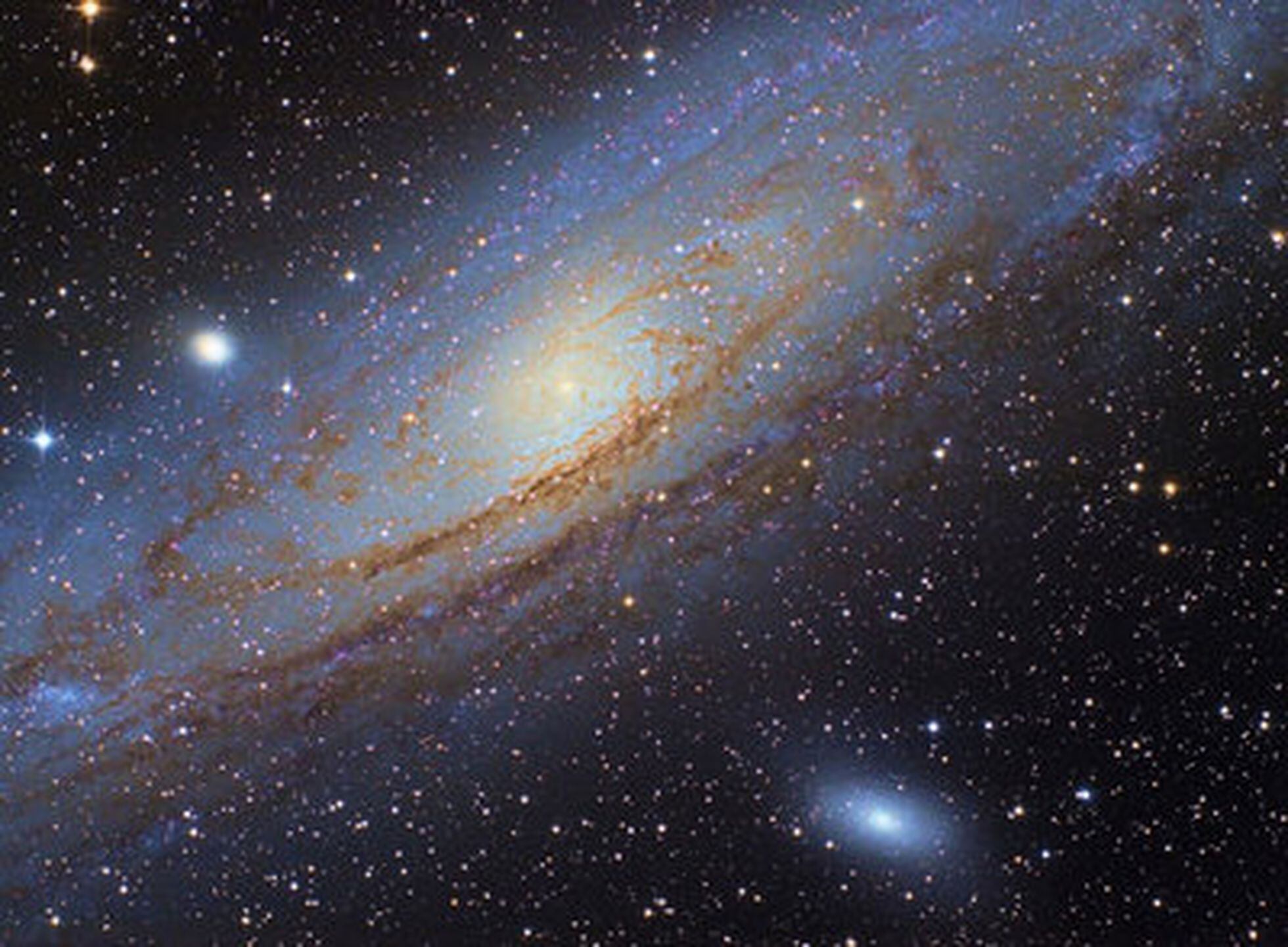The Universe is much larger than you think. The Solar System and distances are immense. The true scale surpasses human imagination.
The universe is a vast and mysterious place, full of wonders and enigmas. Since time immemorial, humans have looked up at the sky and wondered what lies beyond our small blue sphere. In this blog post, we're going to explore the question of how big the universe is, from the farthest reaches of our cosmos to the wonders closest to home.
The scale of the universe

Before we start talking about the magnitude of the universe, it's important to understand the scale we're talking about. The universe is so big that it's difficult for most of us to comprehend. To put it into perspective, consider this: if the Earth were the size of a marble, the moon would be the size of a ping-pong ball, and the sun would be the size of a basketball. If we were trying to represent the sun to scale, we would have to move far enough away so that the Earth was the size of a pinhead.
But even that comparison doesn't do justice to the immensity of the universe. The universe is so big that even light, which travels at the fastest speed possible, takes billions of years to travel from the farthest objects to us. And that's just a fraction of the known universe.
The observable size of the universe
When we talk about the magnitude of the universe, we're talking about the observable size of the universe, which is the portion of the universe that we can see from our position on Earth. The observable size of the universe is measured in light-years, which is the distance that light travels in a year. Light travels at a speed of approximately 299,792 kilometers per second, which means that in one year, light can travel a distance of approximately 9.461 trillion kilometers.
The observable size of the universe is estimated to be around 93 billion light-years in diameter. That means that the light traveling from the farthest edge of the observable universe takes about 93 billion years to reach us. But that's only a fraction of the real universe.
The observable universe vs. the real universe
The observable universe is only a small part of the real universe. Due to the limitation of the speed of light, there are parts of the universe that are too far away for light to reach us. This means that there are parts of the universe that we may never be able to see or know.
In addition, the real universe could be infinitely large. The current theory suggests that the universe is flat and extends infinitely in all directions. If this is true, then there is no limit to the size of the universe.
The expanding universe
In addition to being infinitely large, the universe is also constantly expanding. This means that galaxies are constantly moving away from each other, suggesting that the universe had a beginning at some point in the past. The most accepted theory about the origin of the universe is the Big Bang theory, which suggests that the universe originated about 13.8 billion years ago from a massive cosmic explosion.
Since then, the universe has been constantly expanding, which means that galaxies are moving away from each other. This is because the space between galaxies is constantly expanding. The rate of expansion is measured in units of the Hubble velocity, named in honor of astronomer Edwin Hubble, who discovered the expansion of the universe in the 1920s. The current rate of expansion is estimated to be around 73.3 kilometers per second per megaparsec, which means that a galaxy that is one megaparsec away from us (about 3.26 million light-years) is moving away from us at a speed of 73.3 kilometers per second.
The future of the universe
The expansion of the universe has important implications for its future. The theory suggests that the expansion will continue forever, which means that the universe will become increasingly larger and colder. As galaxies move farther and farther apart, they will eventually reach a point where we will be unable to see any other galaxy from our place in the universe.
Furthermore, astronomers believe that in about 5 billion years, the Sun will become a red giant and expand to engulf the Earth and the inner planets. But even before that, the expansion of the universe will cause galaxies to move so far apart that they will be impossible to observe from any other galaxy.
In conclusion, the universe is a vast and mysterious entity, full of wonders and enigmas. Despite our efforts to understand it, there is still so much that we do not know. However, through ongoing scientific research and exploration, we can continue to expand our knowledge and gain a deeper understanding of the universe and our place in it.
Deja una respuesta


IMPRESCINDIBLES DE LA SEMANA